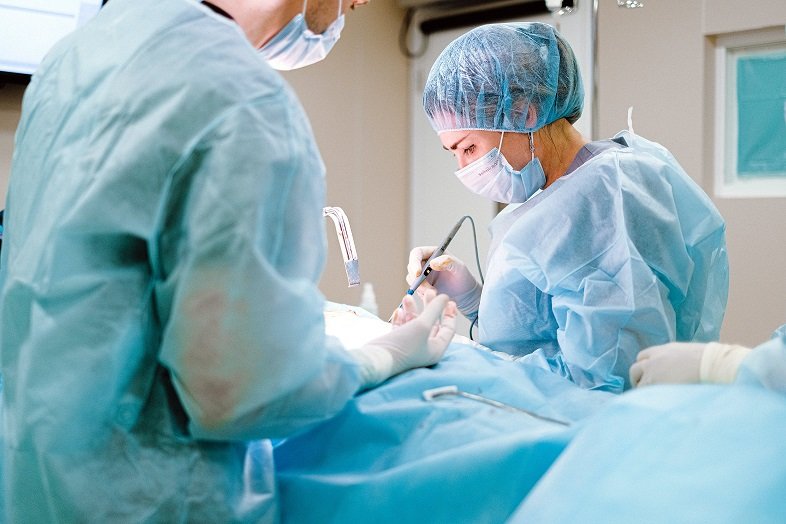 Dec 12: The appendix, a small pouch attached to the large intestine, can become inflamed and infected, leading to a condition known as appendicitis. In these cases, appendix surgery, also known as an appendectomy, is often the recommended treatment. This article aims to provide an overview of appendix surgery, including its purpose, procedure details, and recovery process.
Dec 12: The appendix, a small pouch attached to the large intestine, can become inflamed and infected, leading to a condition known as appendicitis. In these cases, appendix surgery, also known as an appendectomy, is often the recommended treatment. This article aims to provide an overview of appendix surgery, including its purpose, procedure details, and recovery process.
What is Appendix Surgery?
Appendix surgery is a common surgical procedure performed to remove the appendix. It is typically a minimally invasive laparoscopic surgery, meaning several small incisions are made in the abdomen through which laparoscopic instruments are inserted. The surgeon then visualizes the appendix and carefully removes it. In some cases, open surgery may be necessary, involving a larger incision for direct access to the appendix.
Why is Appendix Surgery Necessary?
Appendicitis occurs when the appendix becomes inflamed, often due to a blockage. This inflammation can lead to severe pain, nausea, vomiting, and fever. If left untreated, the appendix can burst, leading to serious complications. Therefore, an appendectomy is performed to remove the inflamed appendix and prevent further complications.
The Procedure: Laparoscopic Appendectomy
- Preparation: Before the surgery, you will be administered anesthesia, either general or regional, to ensure you are comfortable and pain-free during the procedure.
- Incisions: Your surgeon will make several small incisions, typically around the navel.
- Laparoscopic Instruments: Long, thin instruments equipped with a camera are inserted through the incisions to visualize the appendix.
- Appendix Removal: The surgeon carefully removes the appendix using specialized instruments.
- Wound Closure: The incisions are then closed with sutures or staples.
Recovery Process:
The recovery time after an appendectomy varies depending on your individual health and the complexity of the surgery. However, most people can expect the following:
- Hospital Stay: Most patients spend one or two days in the hospital after surgery.
- Pain Management: You will be given pain medication to manage any discomfort.
- Diet: You will initially be placed on a clear liquid diet, gradually progressing to soft foods and then regular meals.
- Activity: You will be encouraged to walk around soon after surgery to prevent blood clots, but strenuous activity should be avoided for several weeks.
- Wound Care: Keep your incisions clean and dry, and follow your doctor’s instructions for wound care.
You will have follow-up appointments with your doctor to monitor your recovery and address any concerns.
Complications:
While laparoscopic appendectomy is a safe and effective procedure, some potential complications exist, including:
- Infection: This is the most common complication, but it can be treated with antibiotics.
- Bleeding: This is usually minor and can be controlled with pressure or sutures.
- Wound complications: These may include infection, dehiscence (opening), or hernia.
Blockage in the intestines: This is rare but can require further surgery.
Conclusion:
Appendix surgery is a common and effective procedure for treating appendicitis. While the recovery process requires some adjustments, most people experience a full and successful recovery. By understanding the procedure and potential complications, you can be better informed and prepared for a positive outcome. Remember to discuss any concerns with your doctor before and after the surgery.
By
Sujata Muguda
Shreyas WebMedia Solutions
Leave a Reply